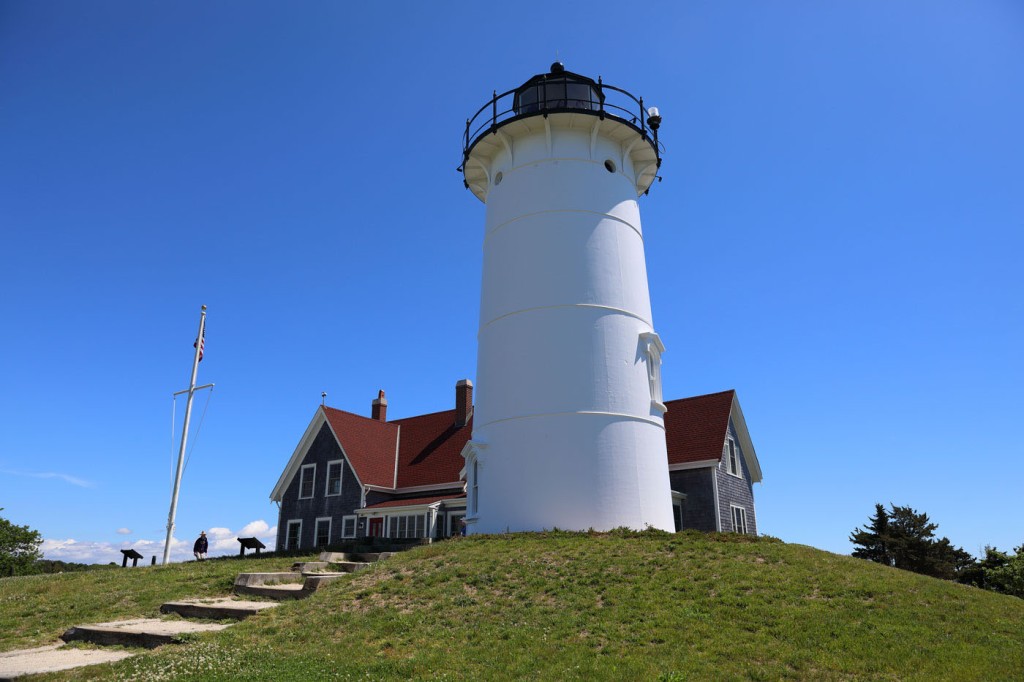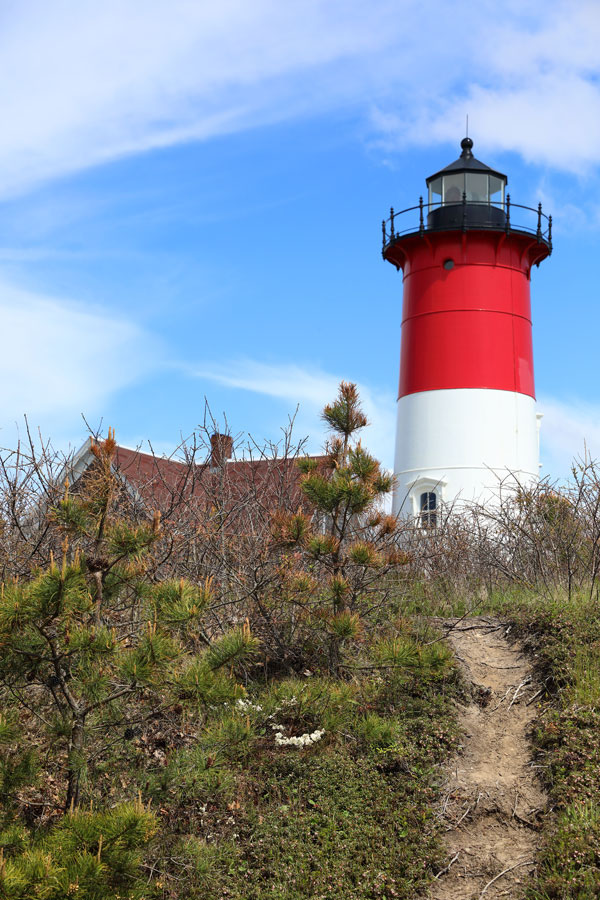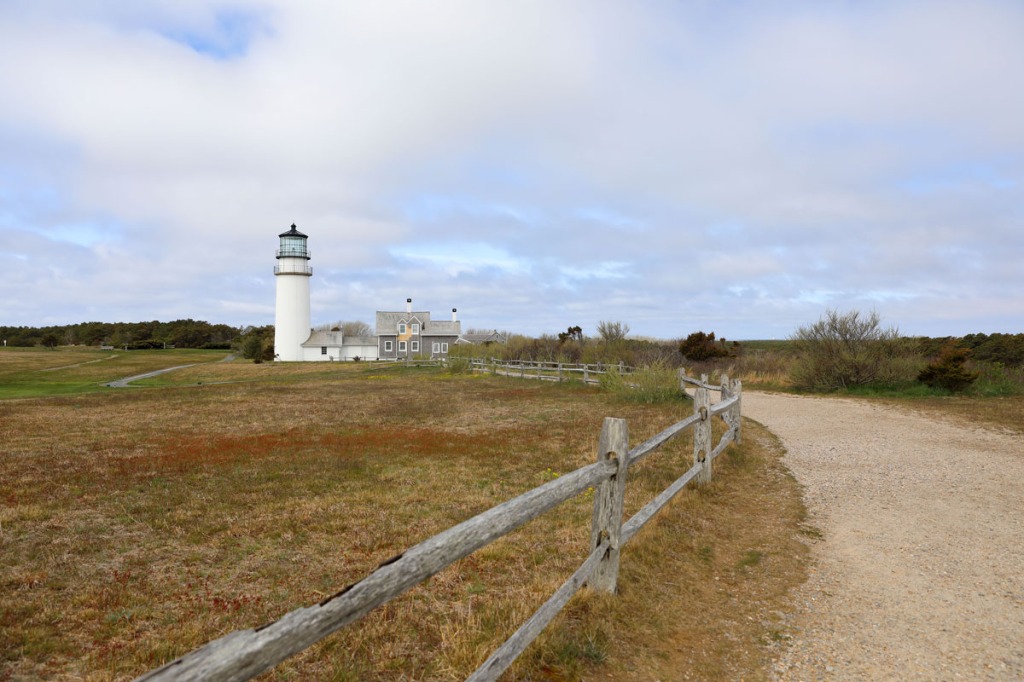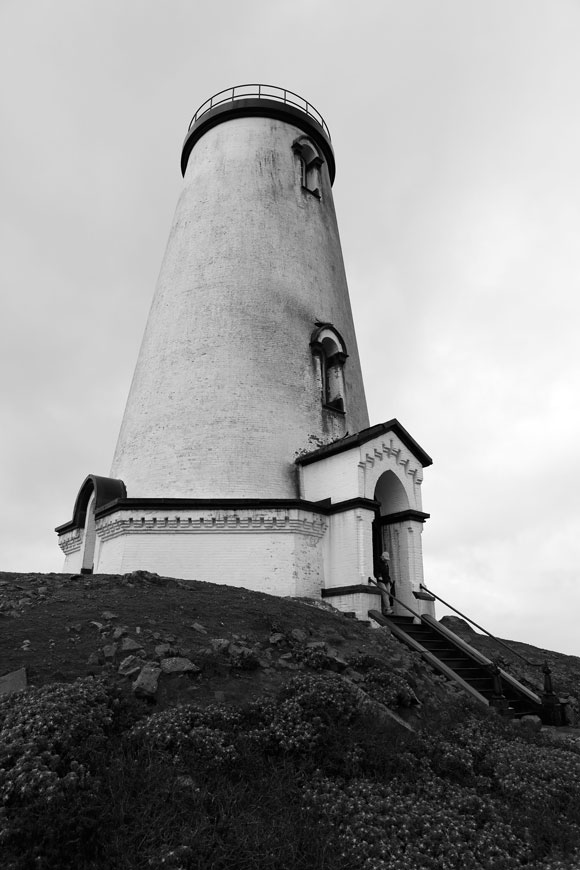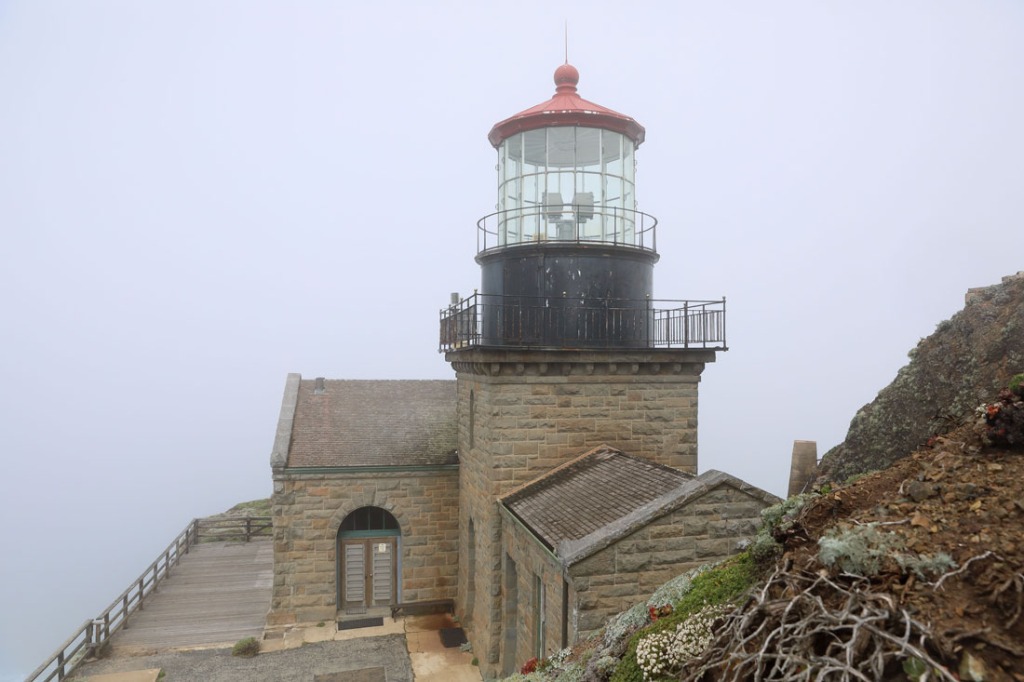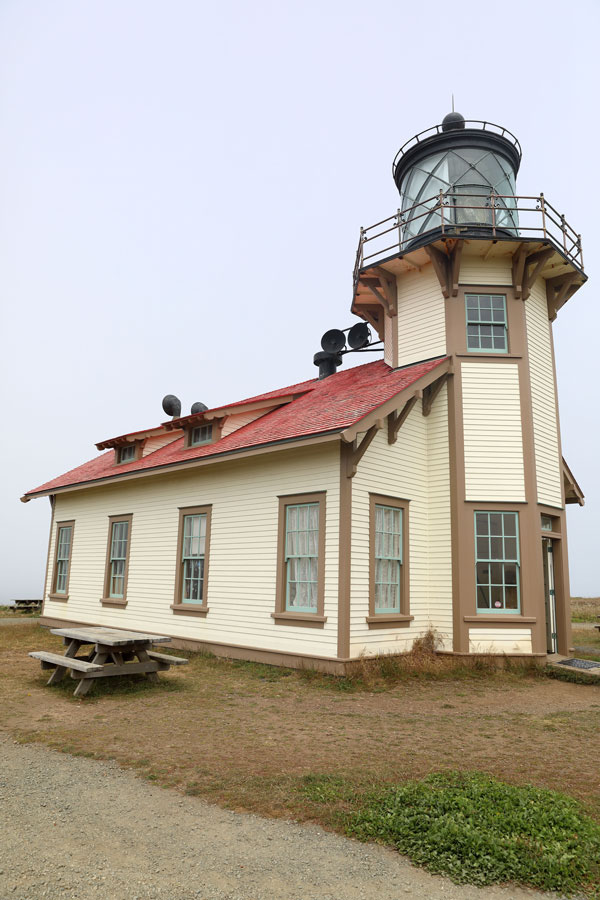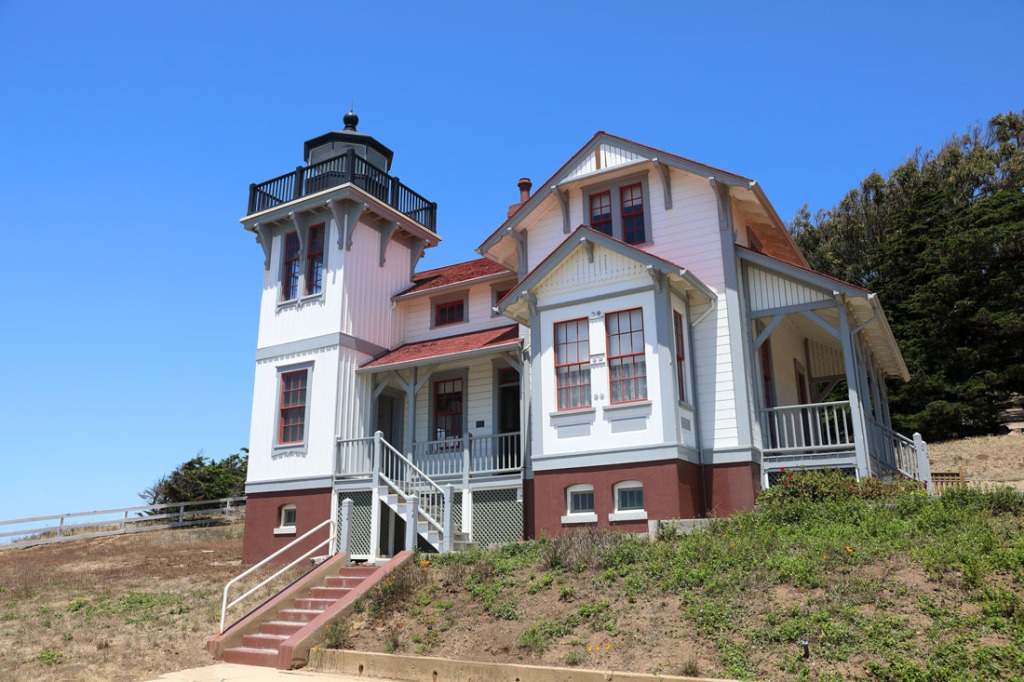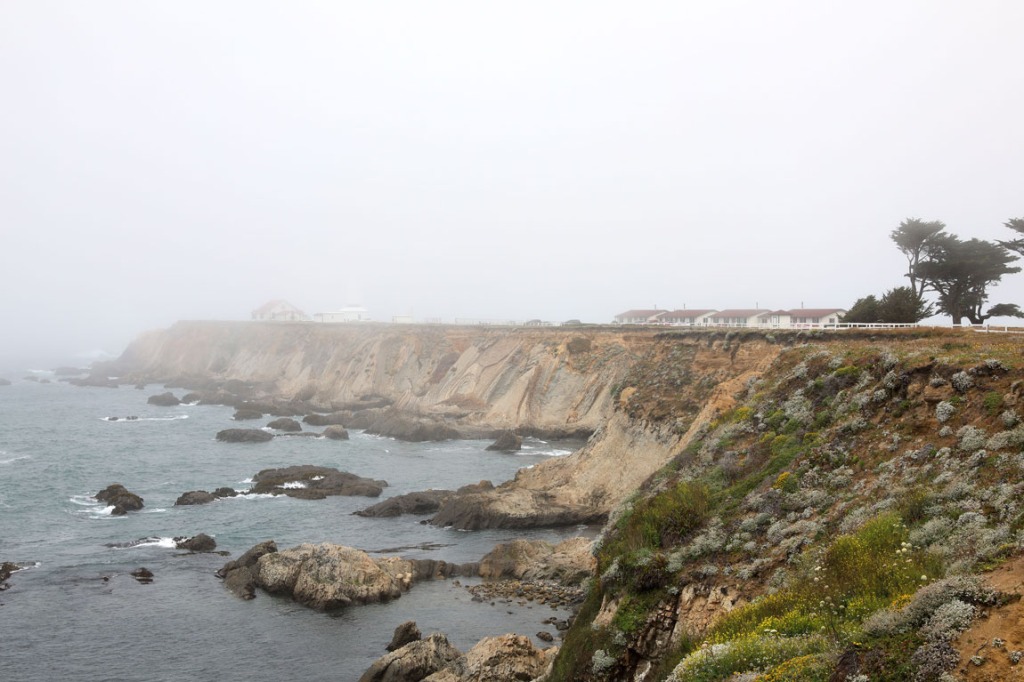A thick fog covered the ocean.
A glowing orb in the sky attempted to break through the clouds.
Eventually, around noon, the fog burned off and the sun came out. It shone in the bright blue sky, barely a cloud in sight.
But in the morning, there was fog.
It was typical weather. Of course, after being here as long as I have, I’m used to it. I’d rather see the sun, especially in the summer, but all this fog constantly lining the coast certainly adds a realistic element…especially where lighthouses are concerned. And, I can’t deny there is a certain type of beauty to it – the fog.
The lighthouses of Santa Cruz aren’t your typical lighthouses. They’re newer builds, not nearly as old as the lights built in the 1800s or 1900s and seem to have different, or additional, functions then lighthouses of the past.
Hidden in the mist, sitting out on a jetty, waves crashing on the sides, is Santa Cruz Breakwater Lighthouse, constructed in 2001. This lighthouse is better known as Walton Lighthouse. The lighthouse is named after Derek Walton, a merchant seaman, whose brother, Charels Walton, a local business man, contributed a significant sum of money for construction of the light in memory of Derek.
Standing out on the jetty, looking up at the light, hearing the fog horn blast every 30 seconds, I had a fleeting thought about how much seamen relied on lighthouses. There were numerous reasons, but these lighthouses helped them sail safely, especially in fog such as what was blanketing the coast that morning.
Not far from Walton Lighthouse, at Point Santa Cruz, sits another light. Much like Walton Lighthouse is a memorial for seamen, Lighthouse Point is also a memorial.
Lighthouse Point has many names. It might be best known as the Santa Cruz Surfing Museum, as there is in fact a museum inside. However, this lighthouse’s true name in the Mark Abbott Memorial Lighthouse, named in memory for Mark Abbott, after drowning while bodysurfing not far from Point Santa Cruz in 1965. His family knew how much he enjoyed lighthouses, so they donated the life insurance money they received after his passing in his name to fund the building of the lighthouse we see there today. In 1967, the redbrick building was constructed, a light added to the lantern room, and Mark’s ashes buried at the base of the tower. Today the lighthouse is a surfing museum, the same as it has been since 1986.
Walking the grounds of the lighthouse, I could see how people would want to surf these beautiful waves and how people could so easily fall in love with lighthouses – I’ve been in love with them for as long as I can remember – but I always remembered the purpose of a lighthouse. The ocean, and nature in general, is full of dangers and lighthouses were meant to be protective beacons in the storm.
Whether shrouded in fog or soaking up the sun, both of these lighthouses have a significant meaning. Much like other lighthouses they are meant to protect, but they are also memorials and memories.
To see more photos of Santa Cruz and/or these lighthouses, please visit my website.


